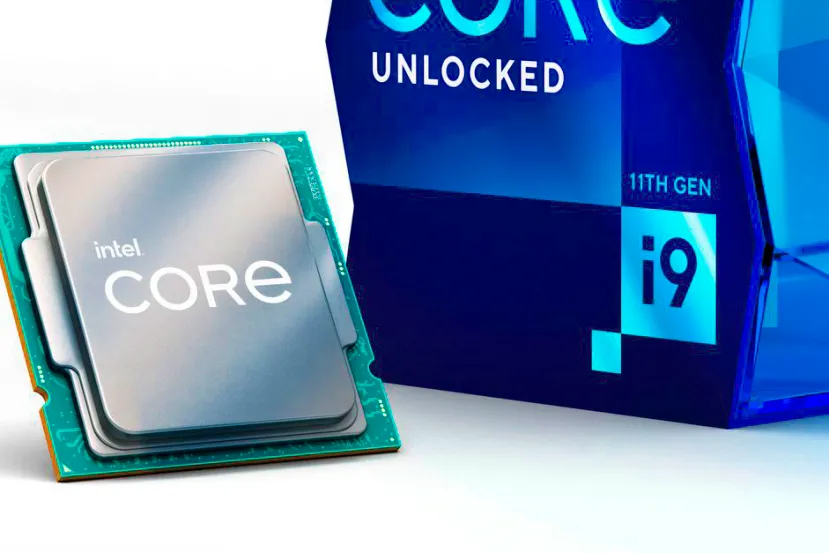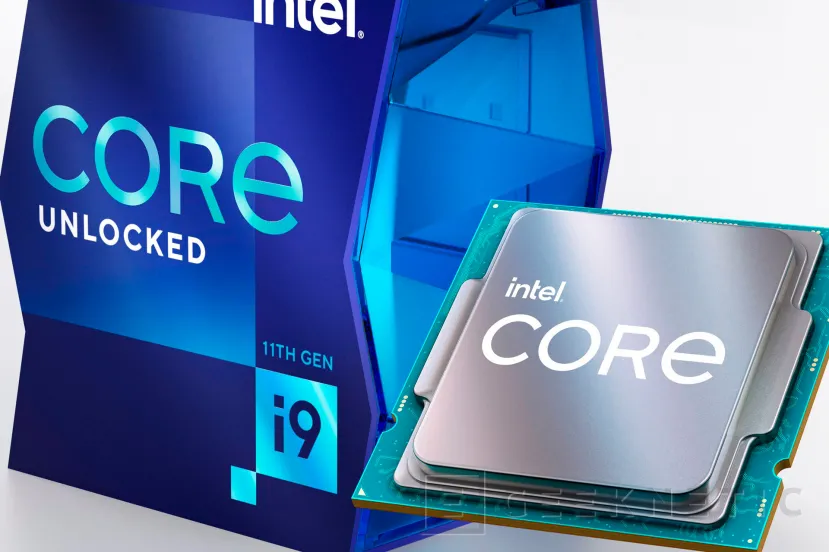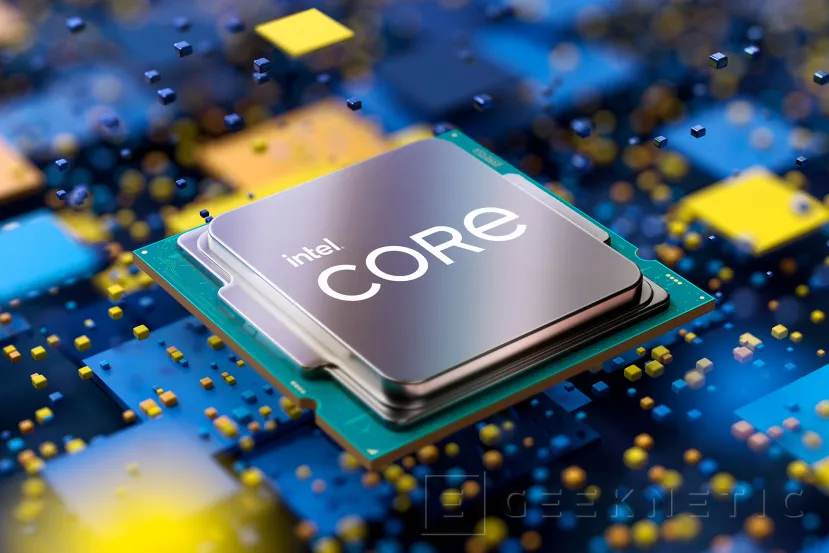
Intel recently launched thirteenth generation processors to complete the range of the most current Intel Raptor Lakebut also still have available stock of the previous generation Alder Lake. With these two generations on the market, Intel has issued a notification of product change that will affect the 11th generation Intelboth for home computers and servers.

The request has been submitted a few days ago, a year before last order is served of these references dated February 23, 2024giving as margin for orders until August 25 of this year. This petition will affect numerous 11th generation processors, from the most powerful Core i9-11900K until the Core i5 entry-level from 2 generations ago. In addition, with these processors you also start the end of product for Intel 400 and 500 series chipsets.

In addition to the eleventh generation of processors for home computers, Intel has listed Intel Xeon server processors of the same generation that have also been marked as EOL (End Of Life).
This ends the 14 nm era and LGA1200 socket which has been replaced by the new processors manufactured with the Intel 7 node and with LGA1700 socket.
End of Article. Tell us something in the Comments!

Juan Antonio Soto
I am a Computer Engineer and my specialty is automation and robotics. My passion for hardware began at the age of 14 when I gutted my first computer: a 386 DX 40 with 4MB of RAM and a 210MB hard drive. I continue to give free rein to my passion in the technical articles that I write at Geeknetic. I spend most of my free time playing video games, contemporary and retro, on the 20+ consoles I own, in addition to the PC.












